Rice Quality —— A Guide to Rice Properties and Analysis
----- 稻米品质:稻米特性和分析指南
Rice is a unique and highly significant crop, thought to help feed nearly half the planet on a daily basis. An understanding of its properties and their significance is essential for the provision of high quality products. This is all the more true today as international trade in rice trade has been increasing rapidly in recent years. This important book reviews variability in rice characteristics and their effects on rice quality.After an introduction on rice quality that also explores paradoxes associated with the crop, the book goes on to examine rice physical properties and milling quality. This leads to a discussion of the effects that the degree of milling has on rice quality. The ageing of rice and its cooking and eating quality are investigated in the following chapters before an analysis of the effect of parboiling on rice quality. Later chapters consider the product-making and nutritional quality of rice and investigate speciality rices and rice breeding for desirable quality. The book concludes with an extensive chapter on rice quality analysis and an appendix containing selected rice quality test procedures.With its distinguished author Rice quality: a guide to rice properties and analysis proves an invaluable resource for professionals in the rice industry and researchers and post-graduate students interested in rice.Examines the physical properties of rice, such as grain appearance and density and frictionInvestigates the ageing of rice and its cooking and eating qualityThe product making and nutritional aspects of rice are also considered
{{comment.content}}
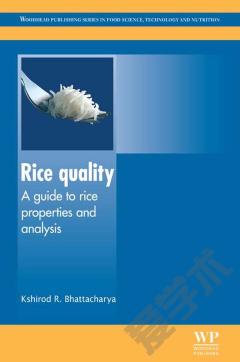

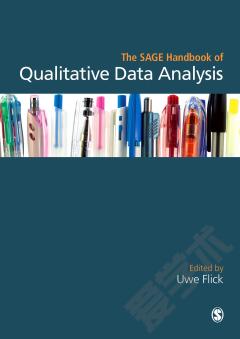

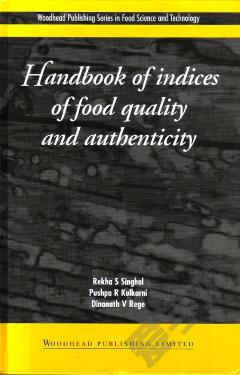
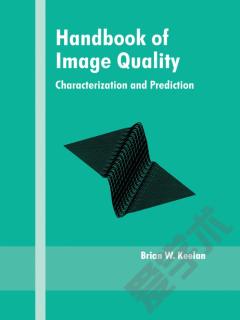
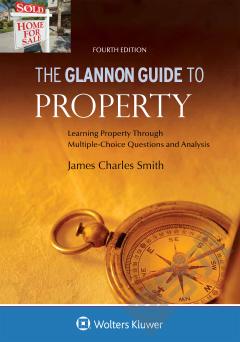

 京公网安备 11010802027623号
京公网安备 11010802027623号